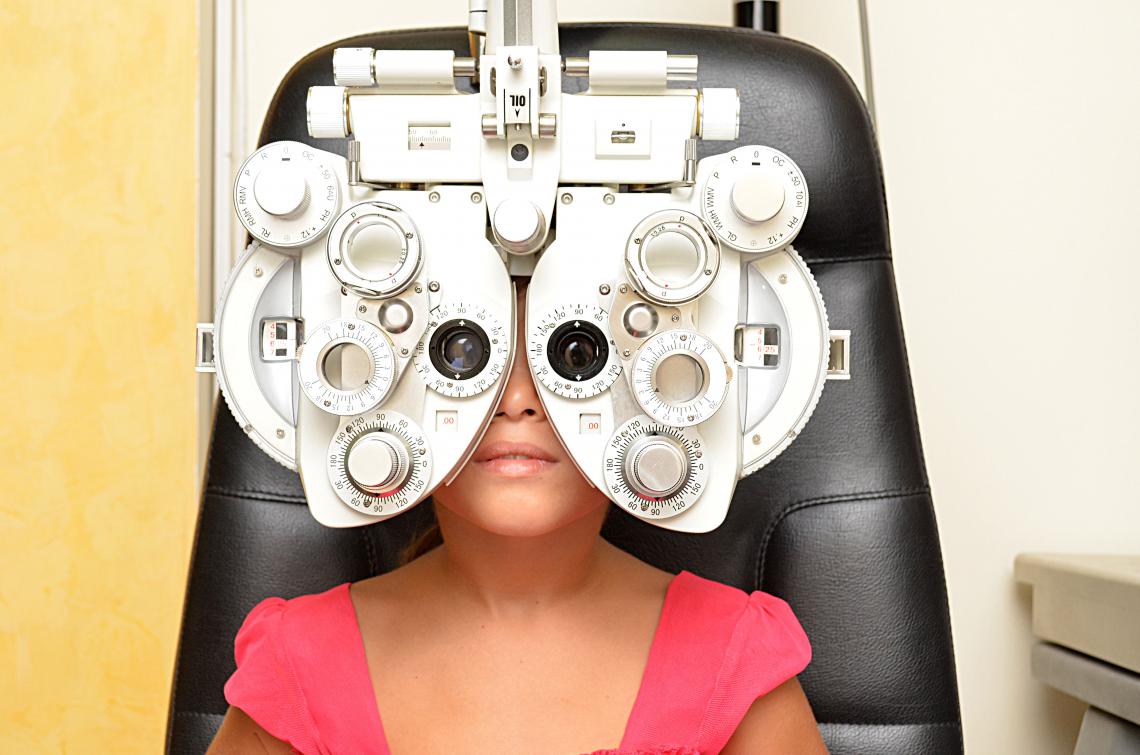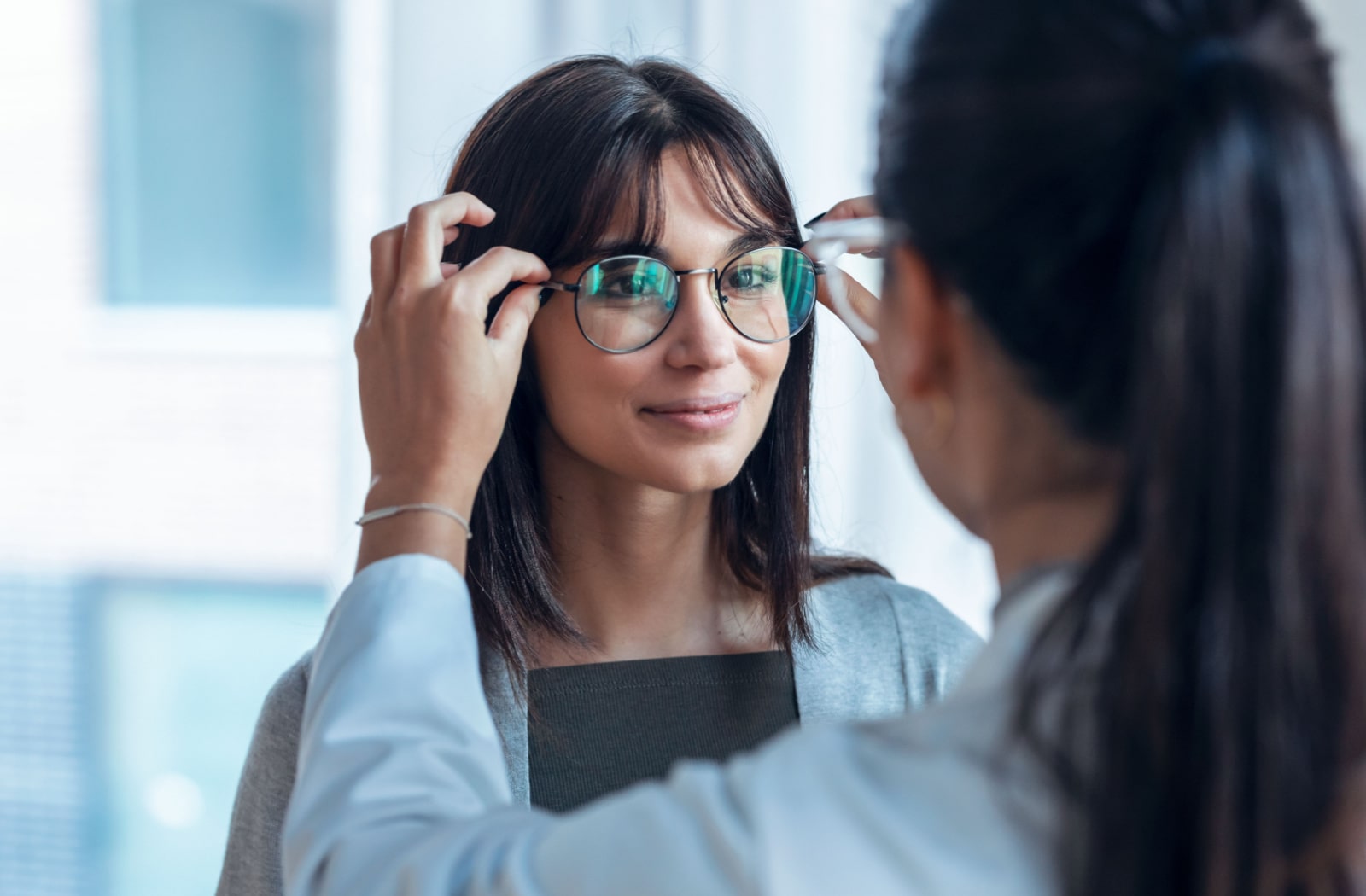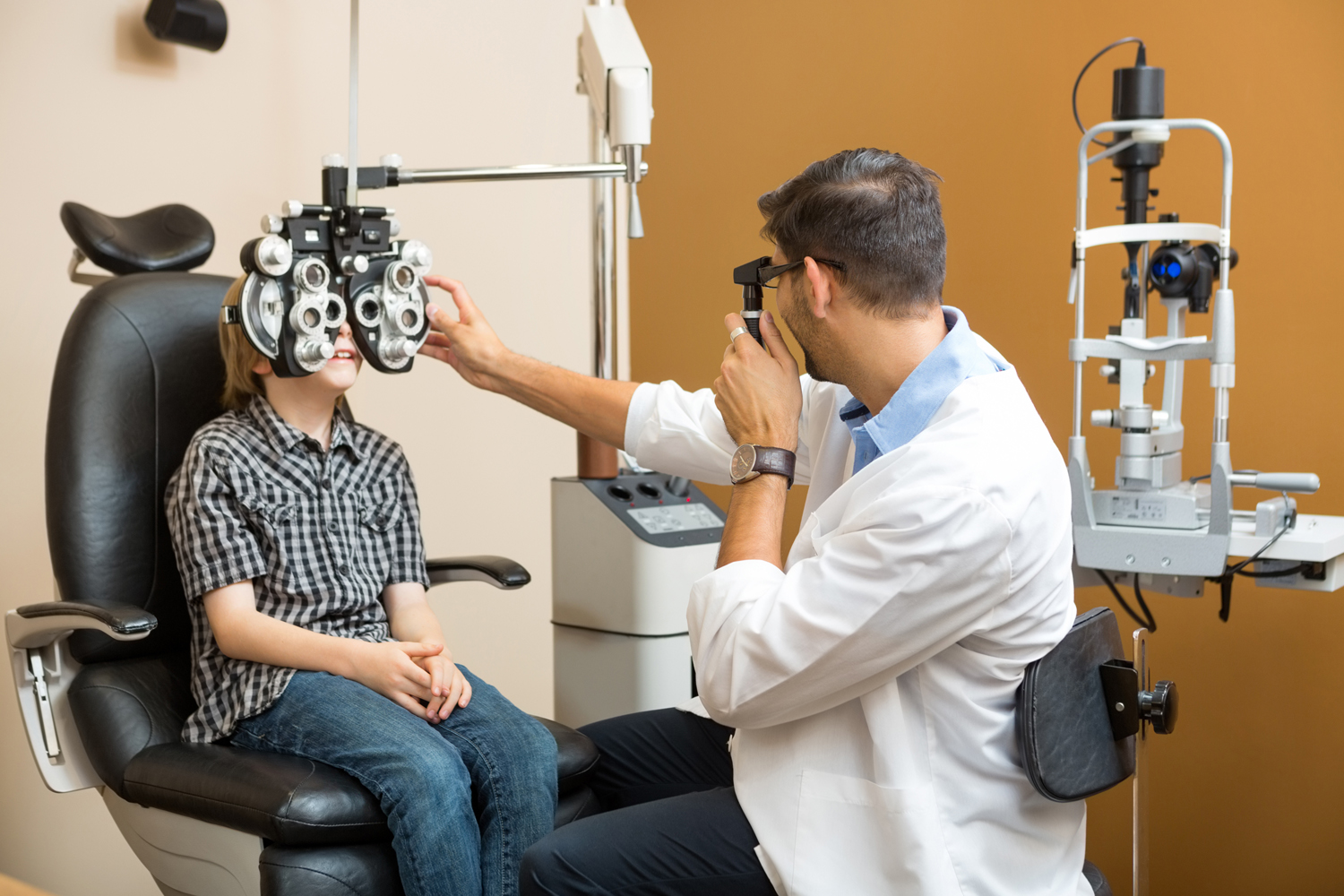Check Out the most effective Optometrist Chino for Comprehensive Eye Care
Check Out the most effective Optometrist Chino for Comprehensive Eye Care
Blog Article
Discovering the current Technological Advancements in Optometry and What They Mean for Optometrists
From the precision of Optical Comprehensibility Tomography to the nuanced understandings used by AI-driven analysis tools, these advancements are establishing new requirements in client assessment and therapy. As these improvements penetrate the technique, optometrists are faced with the difficulty of embracing these tools to improve client results.
Advancements in Diagnostic Devices
Progressing the area of optometry, developments in diagnostic devices have revolutionized the method eye treatment professionals assess and identify aesthetic disabilities and eye conditions. The past decade has observed substantial technical innovations, making it possible for even more accurate and detailed examinations.
One more secret advancement is the intro of sophisticated corneal topography systems, which map the surface curvature of the cornea with precision. These devices are especially valuable for fitting call lenses and diagnosing corneal conditions. In addition, electronic retinal imaging has actually changed traditional ophthalmoscopy, providing thorough, scenic sights of the retina that promote complete aesthetic exams.
The development of wavefront aberrometry has actually also been critical, enabling the evaluation of refractive mistakes with unparalleled precision (Eye Doctor Optometrist). This innovation helps in customizing restorative lenses and boosting surgical end results for refractive surgical treatments. Jointly, these analysis developments equip optometrists to supply superior patient care, guaranteeing early treatment and customized therapy techniques, inevitably boosting visual health outcomes
AI in Person Monitoring
Structure on the foundation of cutting-edge analysis tools, the unification of synthetic knowledge (AI) in individual management represents a transformative jump for optometry. AI systems are increasingly utilized to boost performance, accuracy, and customization in individual treatment. By evaluating vast quantities of data, AI can determine patterns and anticipate prospective eye conditions, enabling optometrists to customize interventions better. This capacity is important in managing chronic eye diseases such as glaucoma and diabetic person retinopathy, where early detection and constant tracking are essential.
In addition, AI-driven platforms promote streamlined patient communications and administrative processes. Automated scheduling, digital consultations, and customized follow-up plans not only boost patient contentment but additionally maximize time monitoring for experts. These systems can triage patients based on the necessity of their problems, making sure that those in important requirement receive prompt focus.
Furthermore, AI enhances decision-making by providing eye doctors with evidence-based referrals and treatment paths. By integrating data from electronic wellness documents, AI tools provide understandings that educate scientific choices, reducing the threat of errors and improving patient end results. As AI remains to evolve, its duty in person management will likely increase, improving the landscape of optometric treatment.
Advancements in Retinal Imaging
In the realm of optometry, retinal imaging has actually observed remarkable technological improvements that are enhancing diagnostic abilities and person treatment. Advancements such as Optical Comprehensibility Tomography (OCT) and fundus photography have actually reinvented exactly how eye doctors evaluate the retina and picture. OCT, in specific, provides high-resolution, cross-sectional photos of the retina, permitting the in-depth examination of its layers. This ability is very useful for early detection and administration of conditions like glaucoma, diabetic retinopathy, and age-related macular degeneration.
Boosted imaging techniques like OCT angiography are further refining analysis precision. This non-invasive method maps blood circulation in the retina, using essential understandings into vascular health without the requirement for color shots. Additionally, flexible optics modern technology is being special info incorporated right into retinal imaging systems to deal with ocular aberrations, delivering unmatched picture clearness. Such advancements assist in the identification of minute retinal changes that might symbolize condition progression.
In addition, advancements in expert system are enhancing retinal imaging by enabling computerized analysis of big datasets. These systems assist eye doctors in determining patterns a sign of pathology, consequently enhancing diagnostic precision and effectiveness. Collectively, these technologies are changing retinal imaging right into a keystone of modern-day eye treatment, improving outcomes and expanding healing opportunities.
Teleoptometry's Expanding Role
Teleoptometry is increasingly ending up being a vital part of eye treatment, driven by developments in electronic interaction and diagnostic tools. As optometry accepts electronic improvement, teleoptometry helps with remote consultations, allowing eye doctors to extend their solutions past typical limits. This is particularly useful in underserved and country locations where access to specialized eye treatment is frequently restricted. By leveraging high-resolution video clip conferencing and progressed retinal imaging, optometrists can conduct comprehensive eye examinations from afar, guaranteeing prompt diagnosis and treatment.
The integration of fabricated knowledge (AI) further enhances teleoptometry, enabling the evaluation of visual data and helping in the discovery of eye conditions such as glaucoma and diabetic retinopathy. AI-powered formulas can quickly translate intricate imaging information, offering eye doctors with beneficial understandings that strengthen clinical decision-making.
In addition, teleoptometry sustains continuity of care via smooth assimilation with electronic health and wellness documents (EHRs), enabling optometrists to keep comprehensive client backgrounds. This makes sure that patients get customized and constant treatment even when seeking advice from their explanation different professionals.
Regardless of these benefits, difficulties continue to be, including making sure information protection and handling person expectations. Nevertheless, teleoptometry stands for a significant stride towards more easily accessible, efficient, and patient-centered eye treatment. As technology advances, its role is positioned to broaden further.

Future Fads in Eye Treatment
A myriad of ingenious fads is readied to reshape the future of eye treatment, driven by technical developments and the evolving requirements of clients. One considerable fad is the integration of synthetic knowledge (AI) in diagnostics, which guarantees to improve the accuracy and effectiveness of eye assessments. AI algorithms can evaluate huge amounts of data from retinal pictures, possibly spotting problems like diabetic person retinopathy and glaucoma earlier than typical approaches.
In addition, customized medicine is getting grip in optometry, with genetic screening educating personalized therapy strategies. This technique intends to enhance patient end results by tailoring interventions to specific hereditary accounts. Wearable innovation, such as clever call lenses, is likewise coming up, providing real-time surveillance of intraocular stress or glucose levels, therefore providing continuous understandings into eye and systemic health.
The fostering of increased reality (AR) and virtual reality (VIRTUAL REALITY) in training and client education is an additional emerging trend. These technologies provide immersive experiences that can enhance understanding and abilities both for clients and optometrists. As these patterns advance, eye doctors should remain abreast of technological developments to give cutting-edge treatment, ensuring improved client end results and contentment in the vibrant landscape of eye treatment.
Final Thought

Jointly, these diagnostic developments empower optometrists to provide superior individual care, ensuring early intervention and customized therapy techniques, inevitably enhancing aesthetic wellness results.

As these innovations proceed to advance, eye doctors must adjust and include them right into practice, ultimately enhancing workflow effectiveness and elevating the criterion of eye treatment delivered to individuals.
Report this page